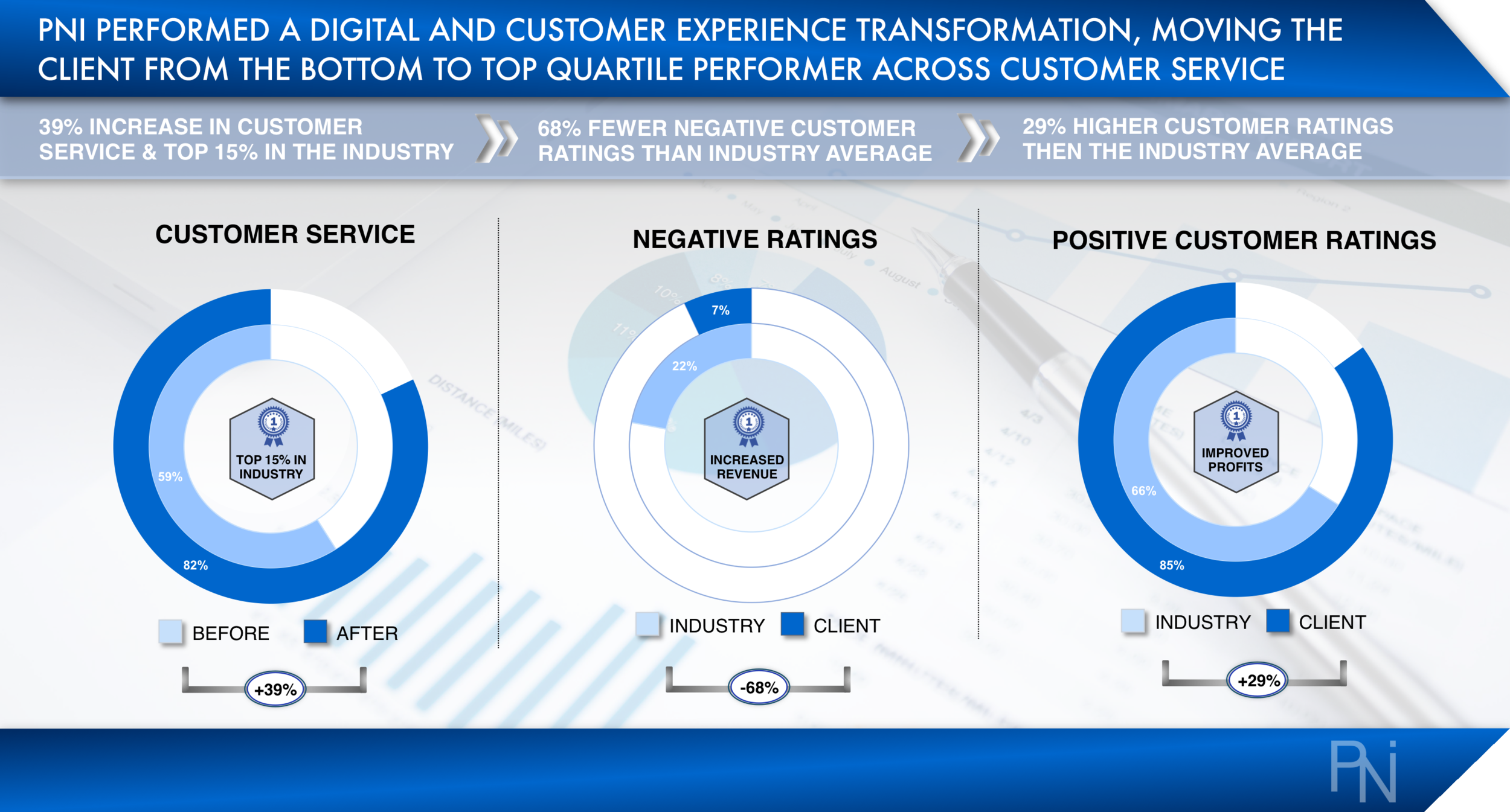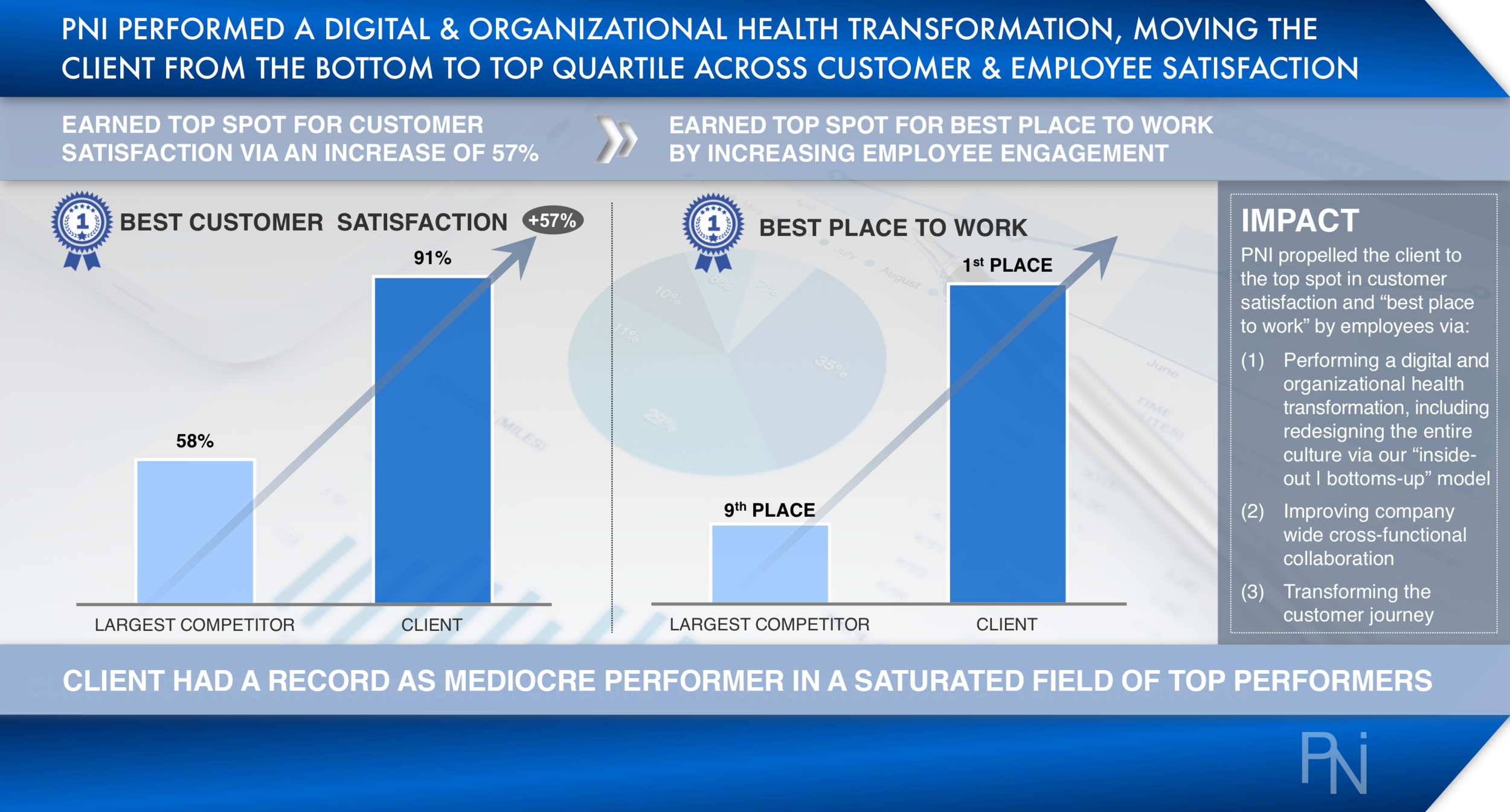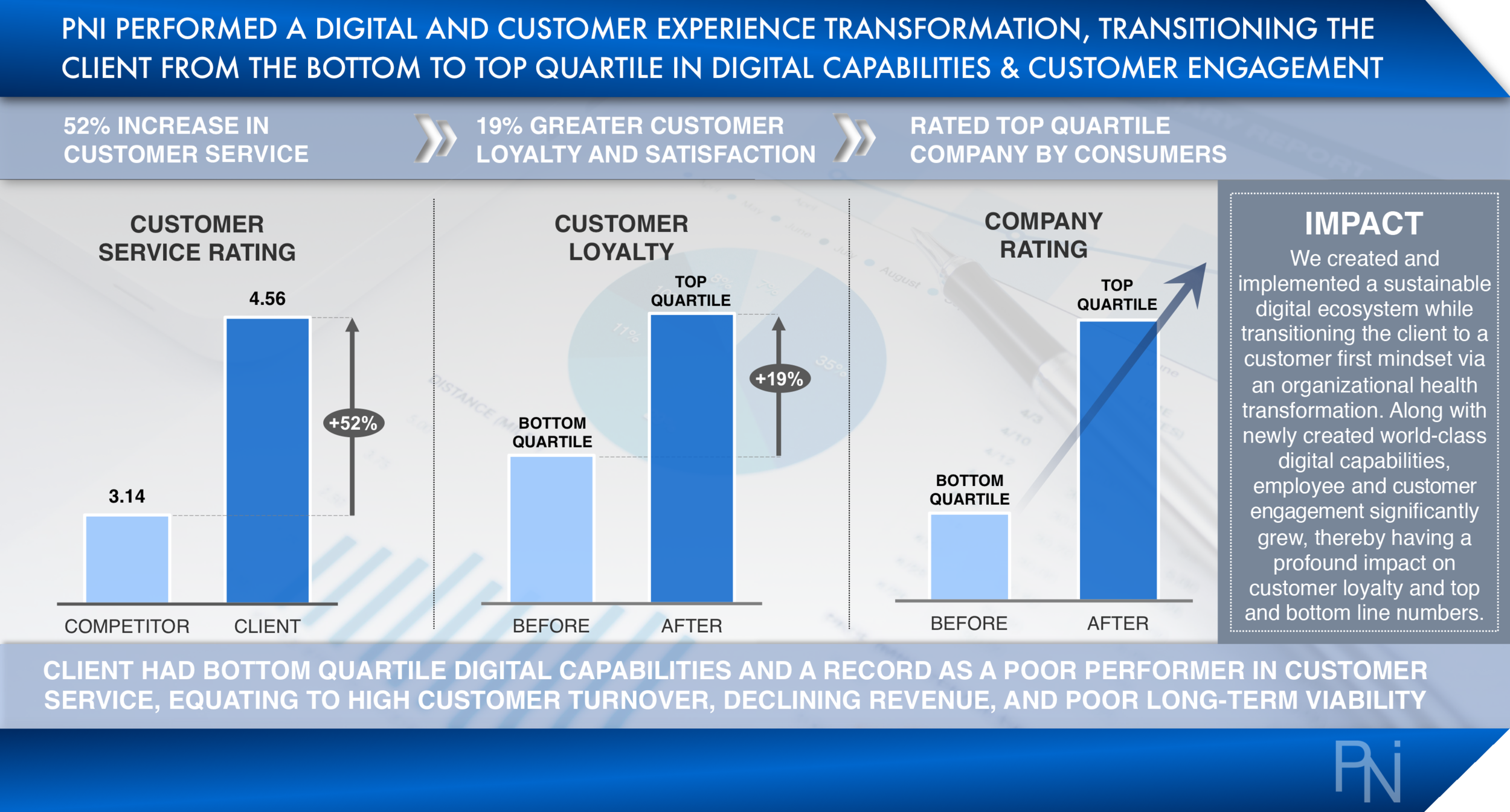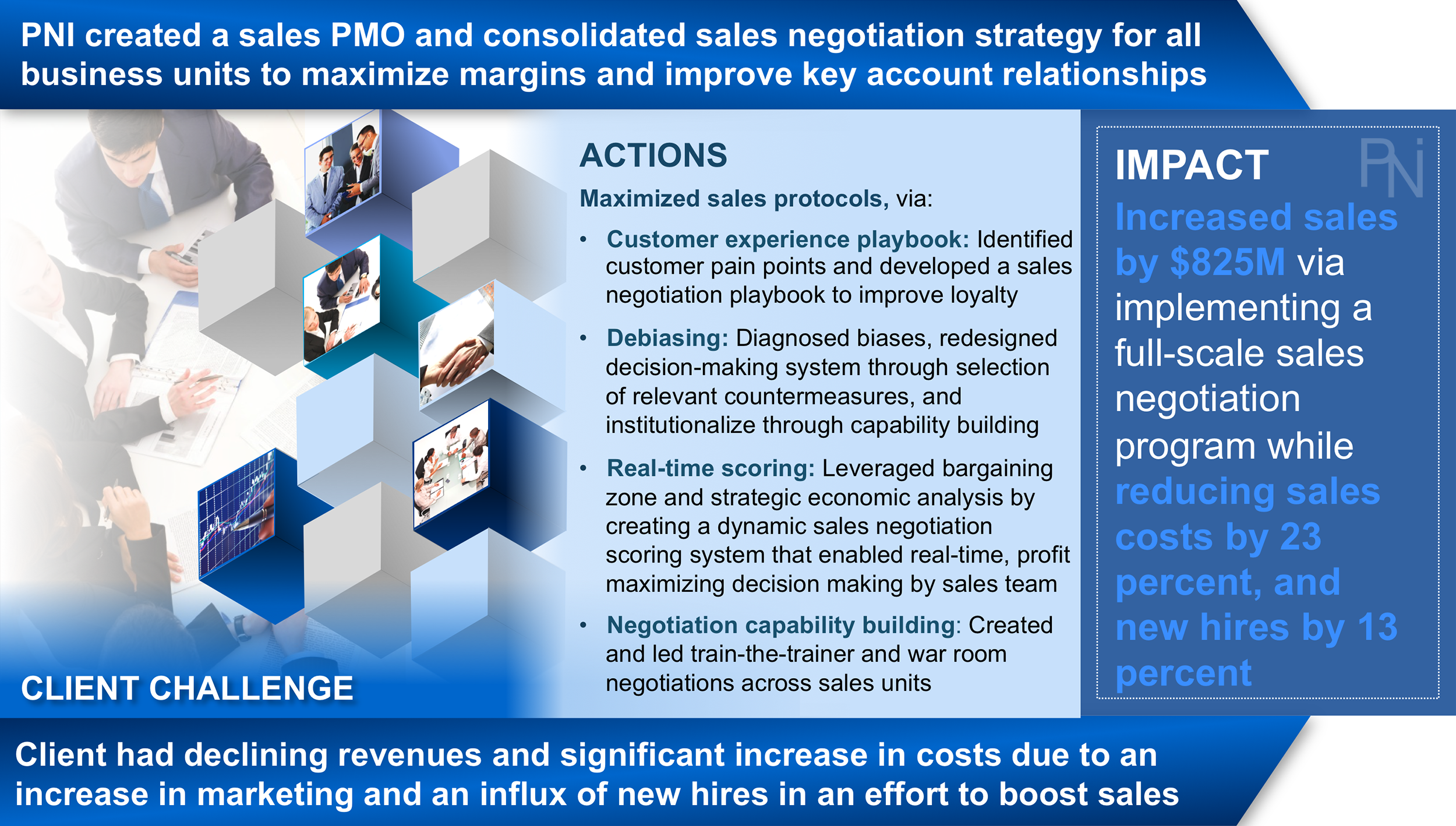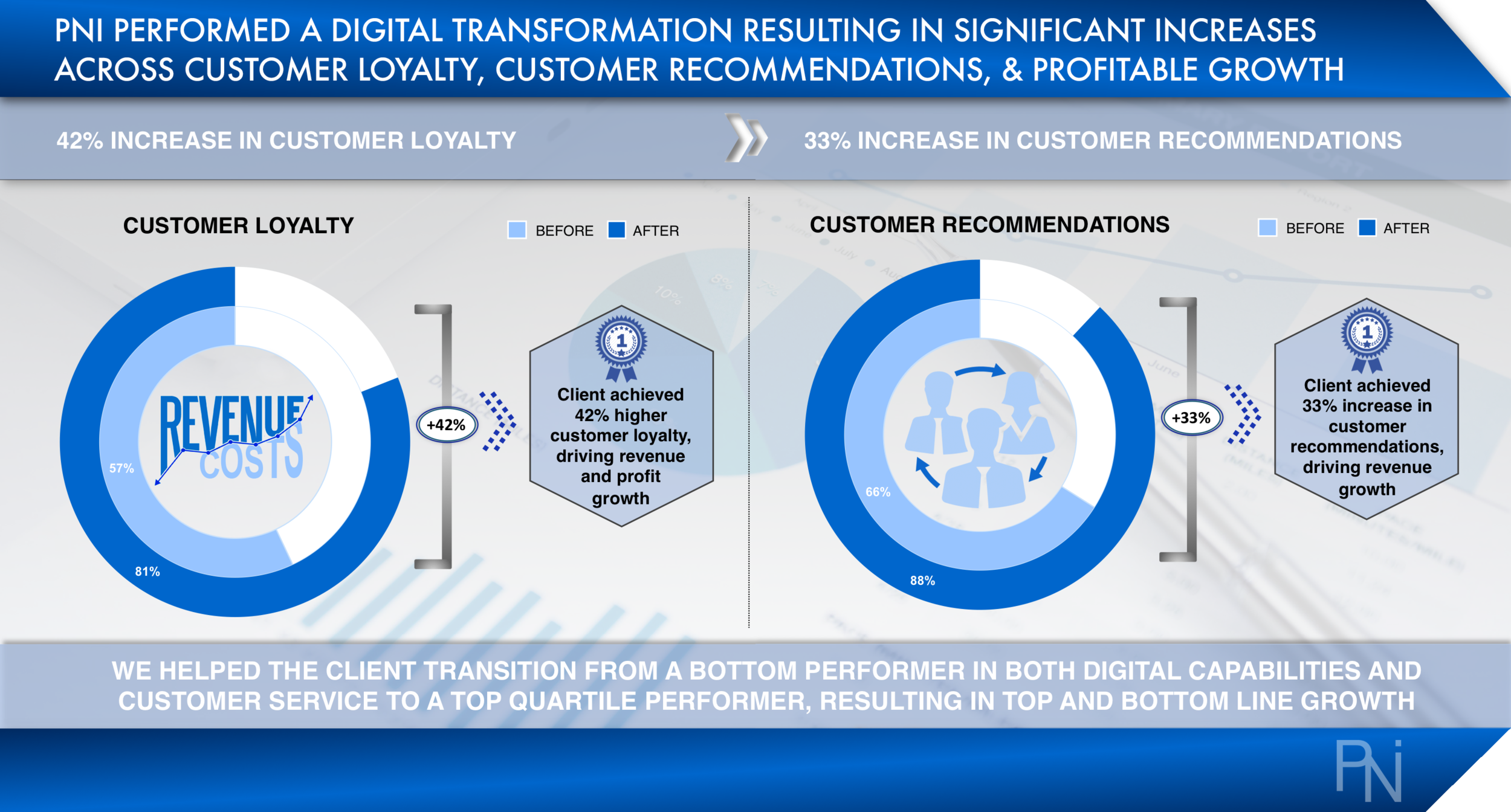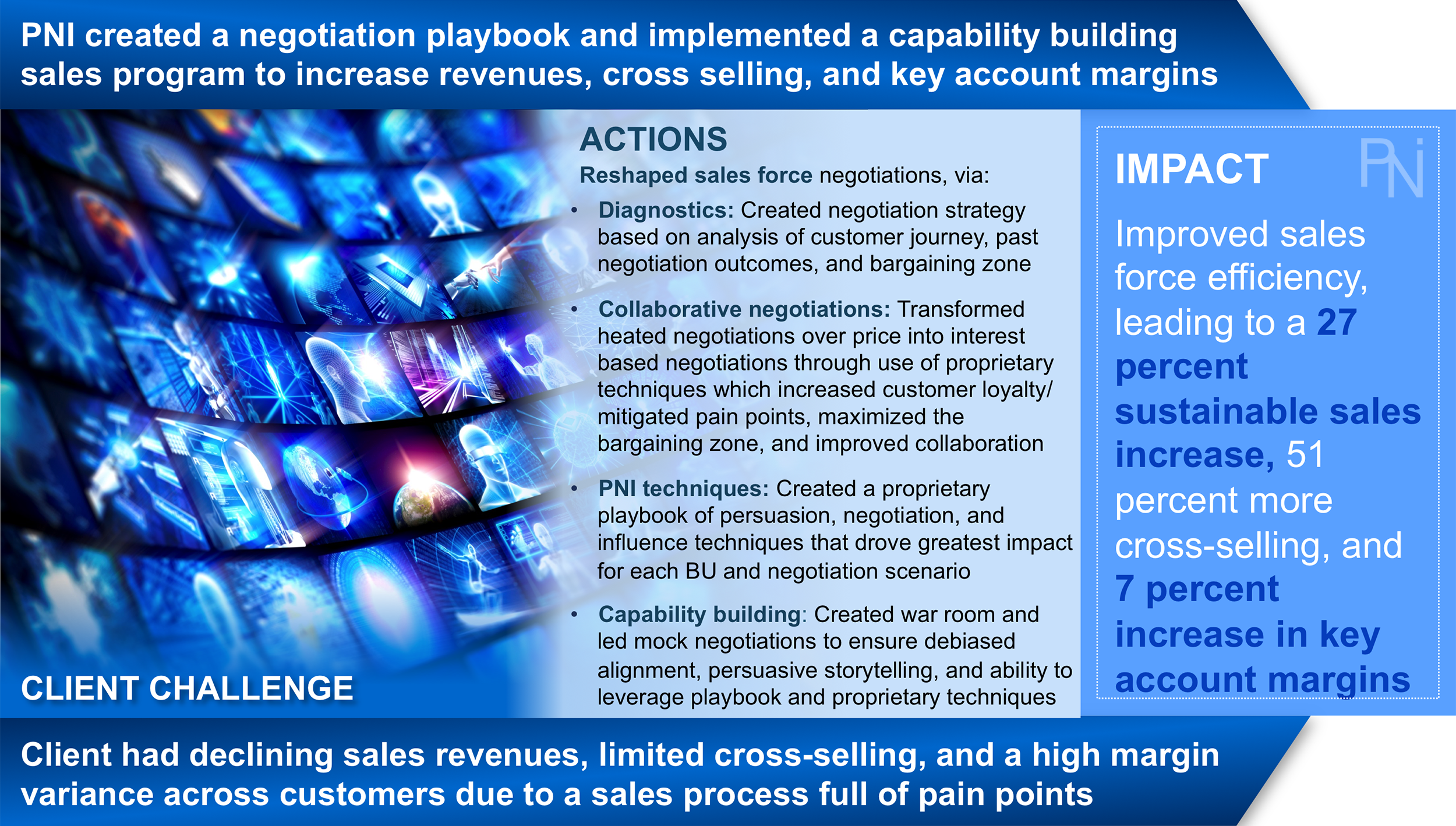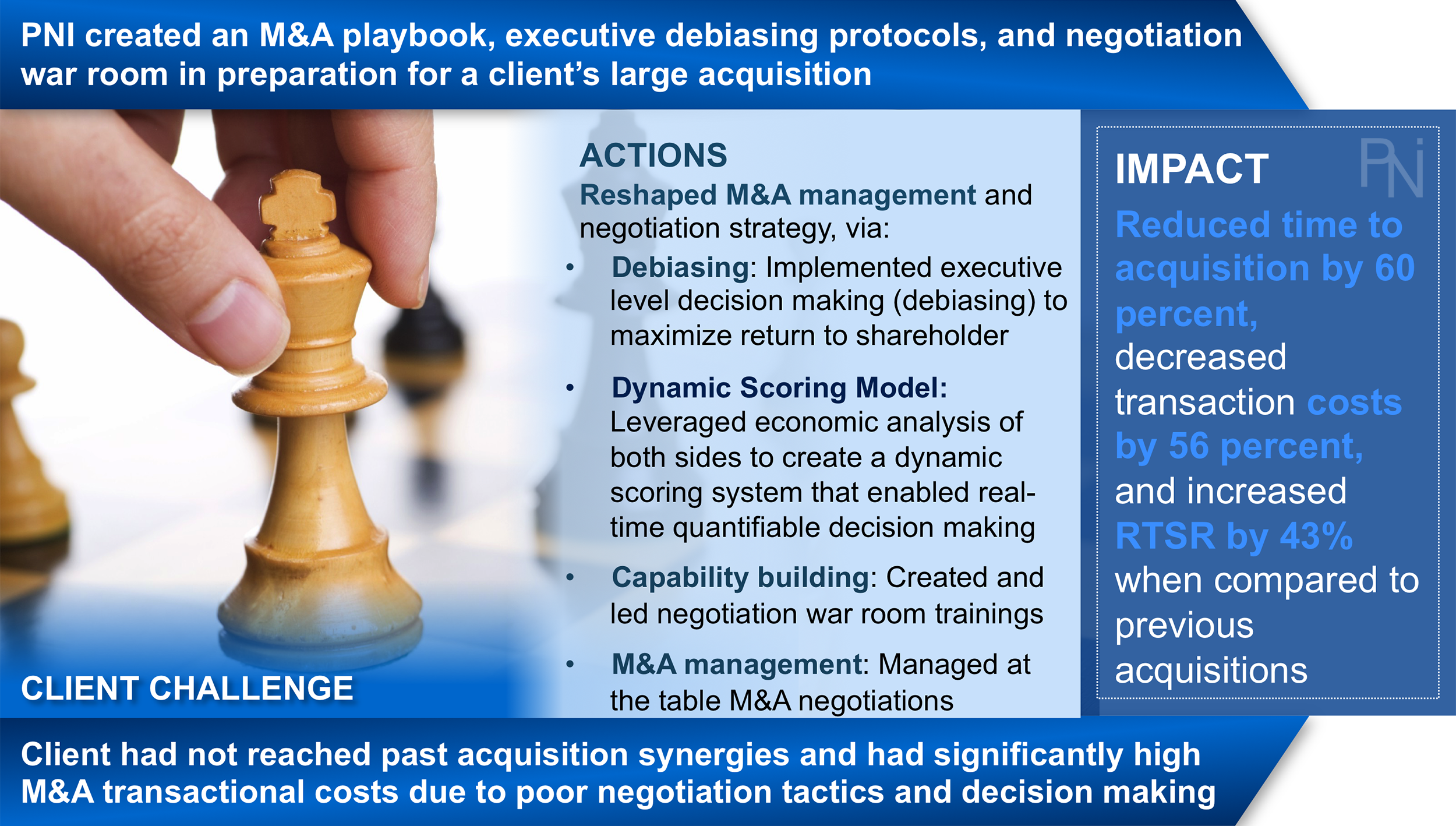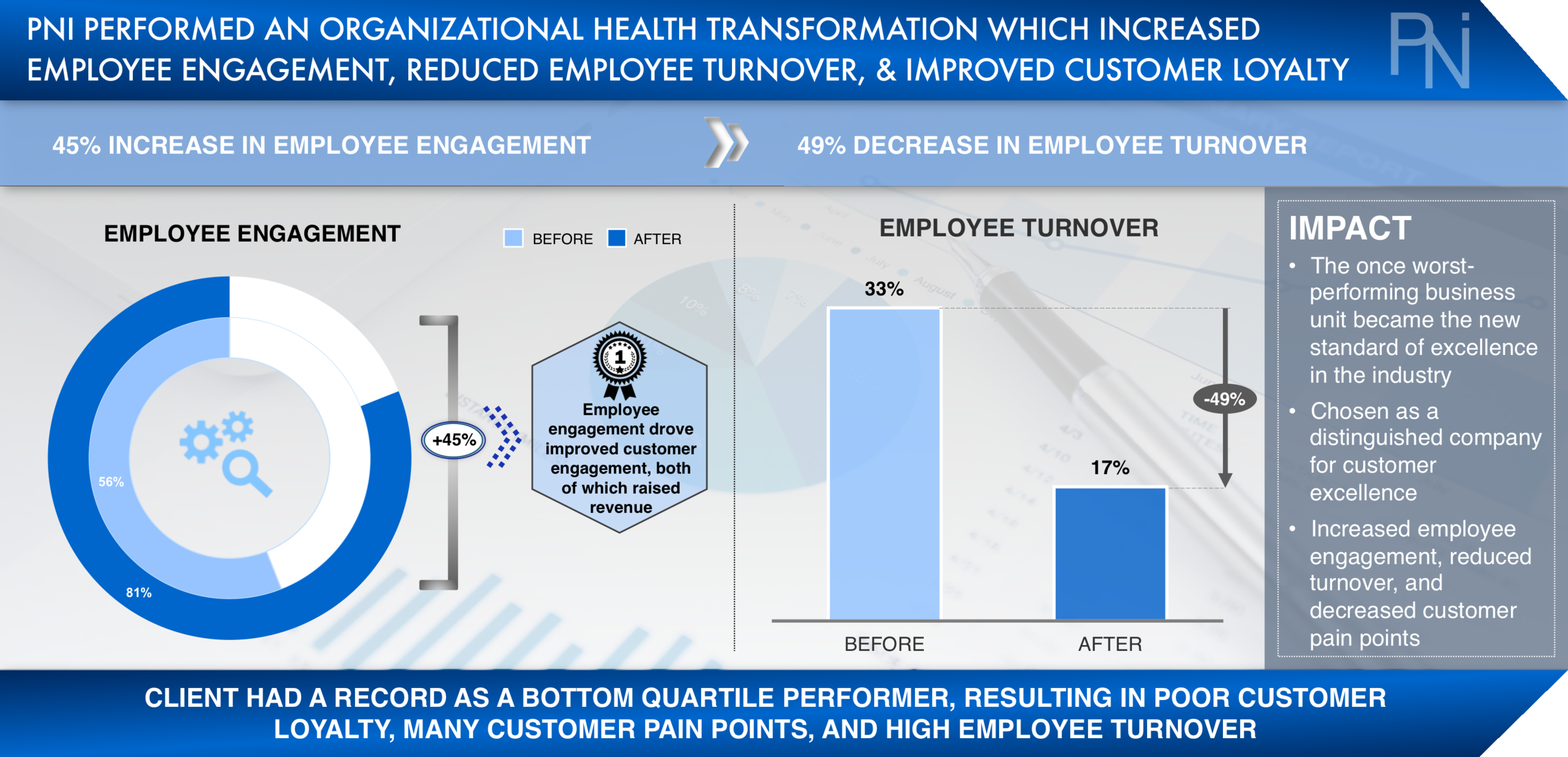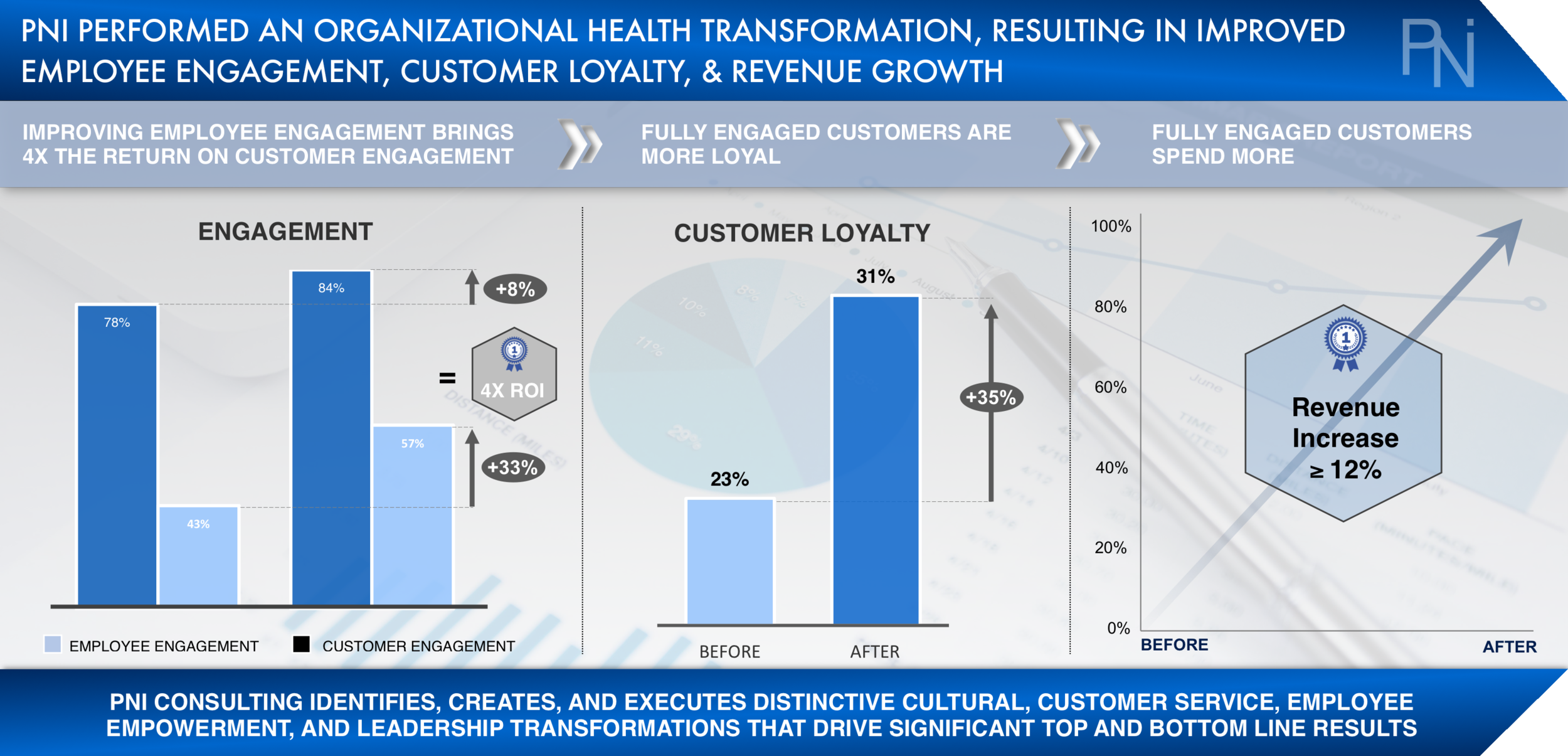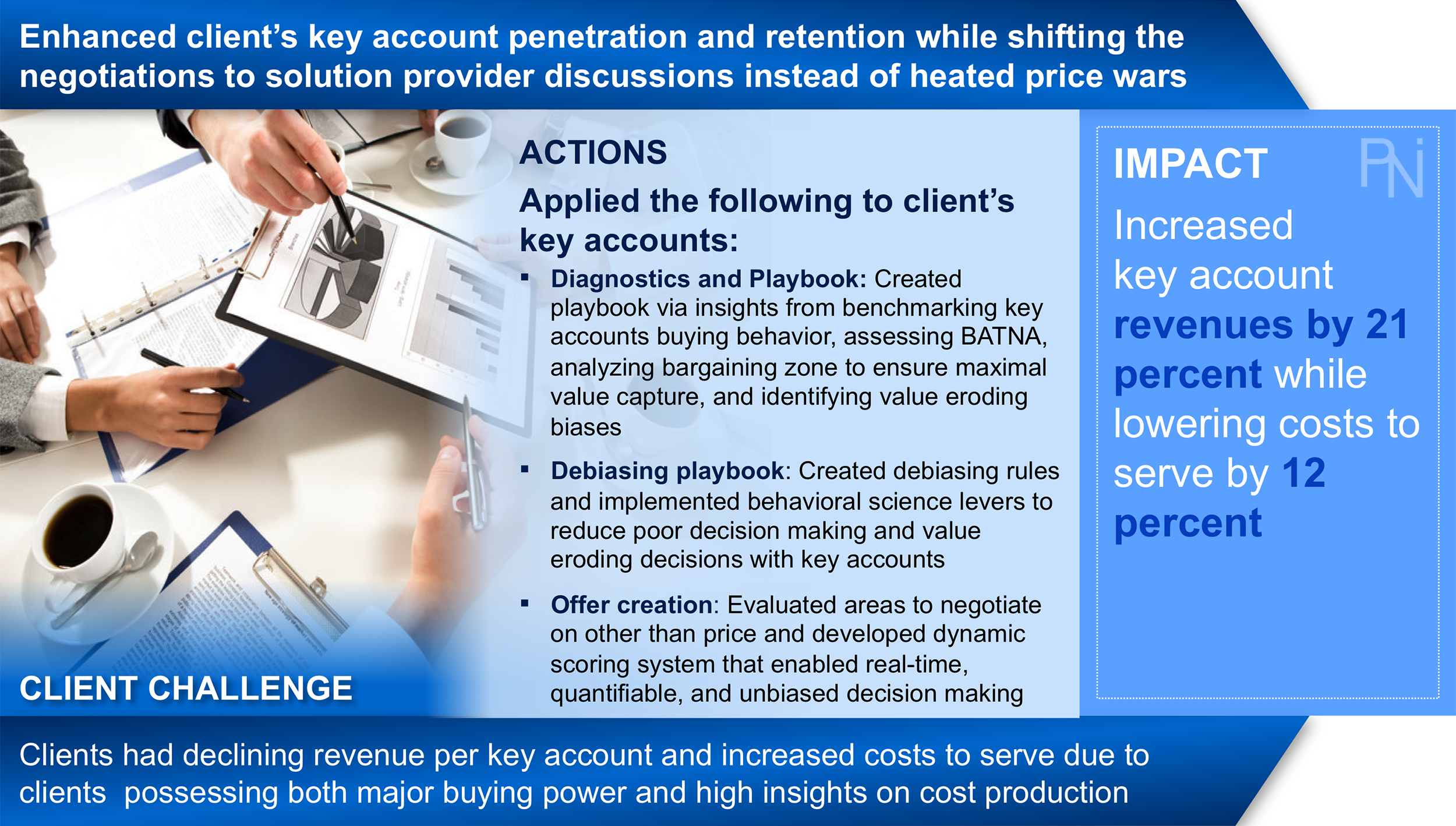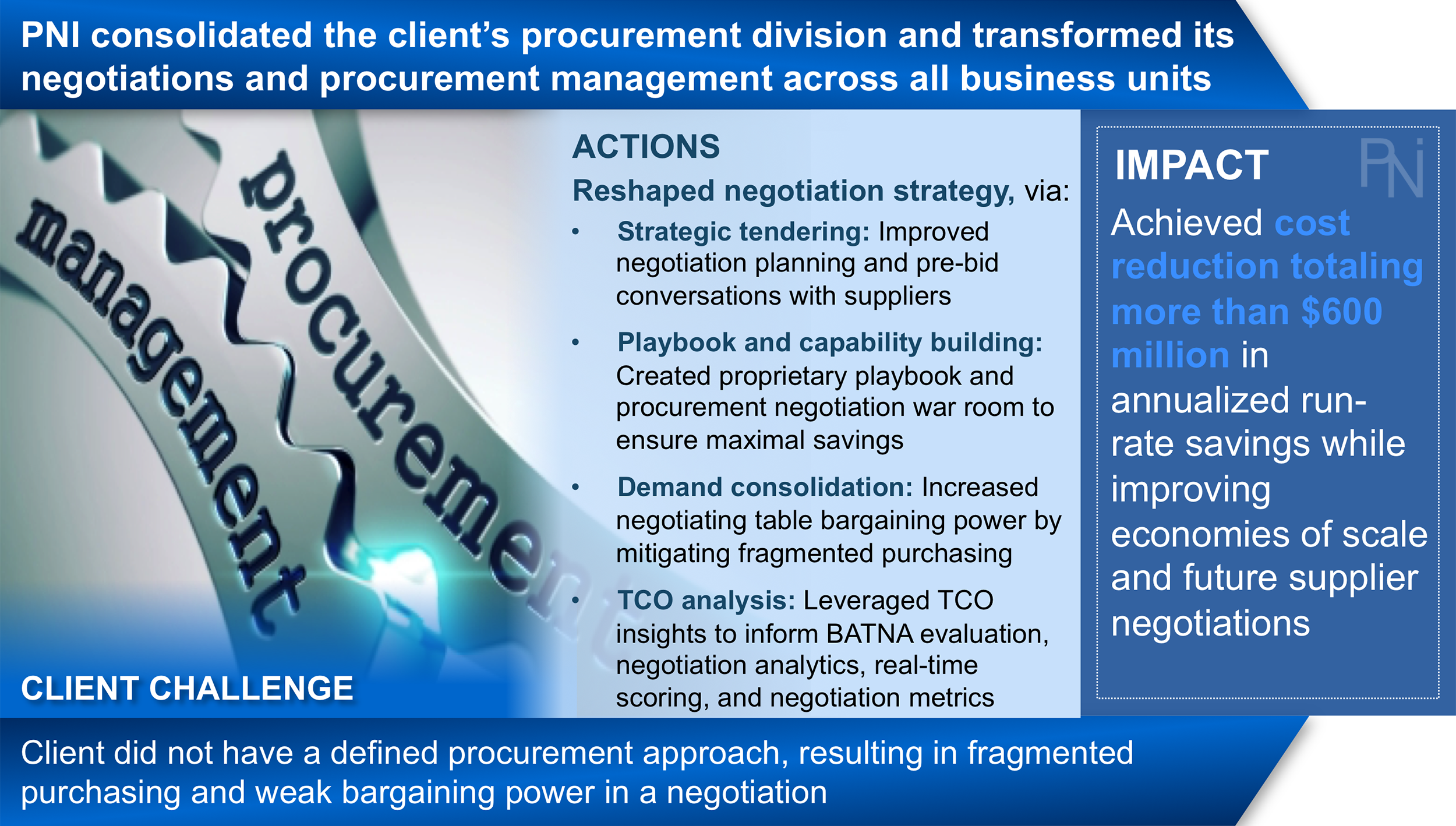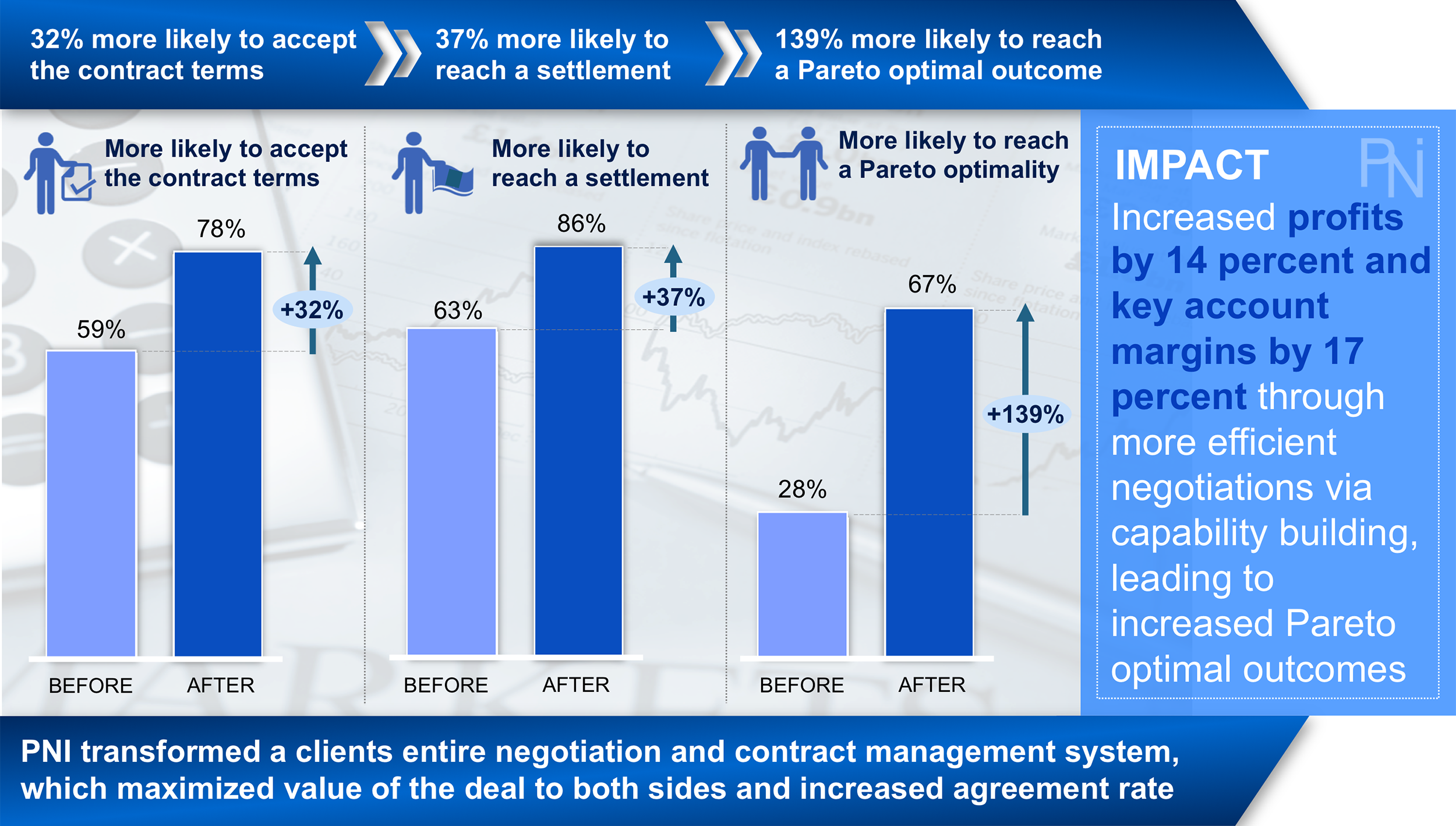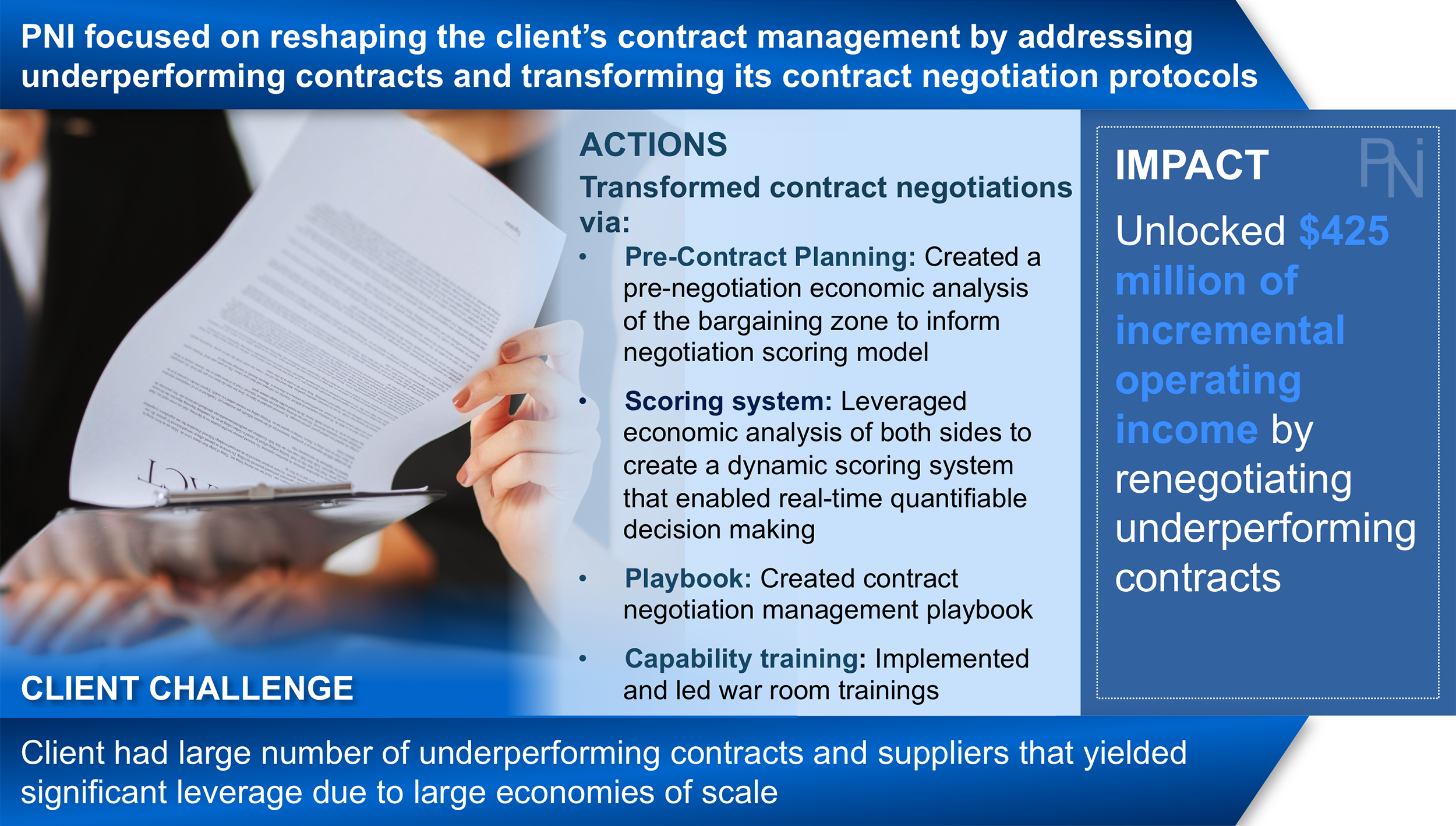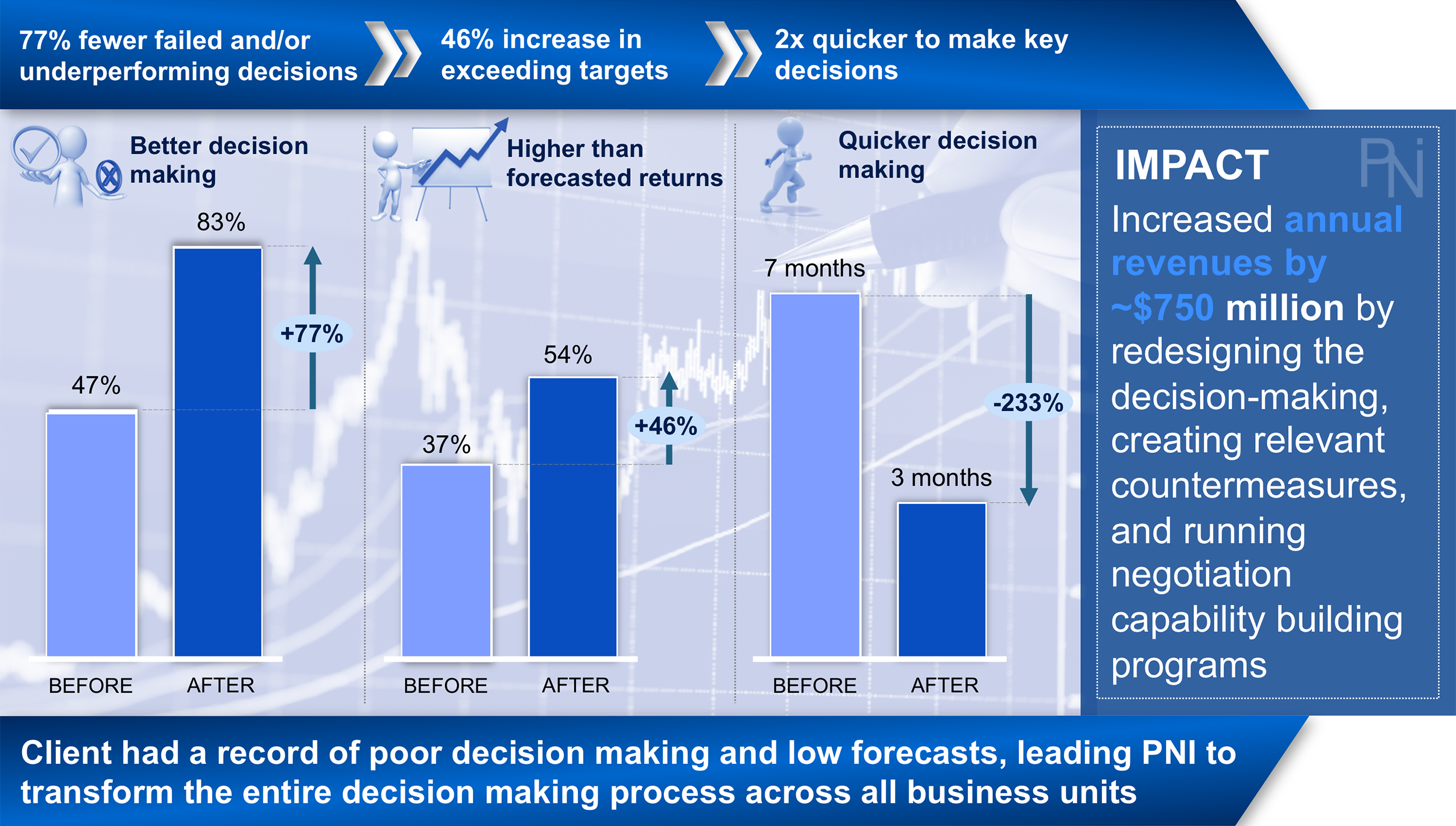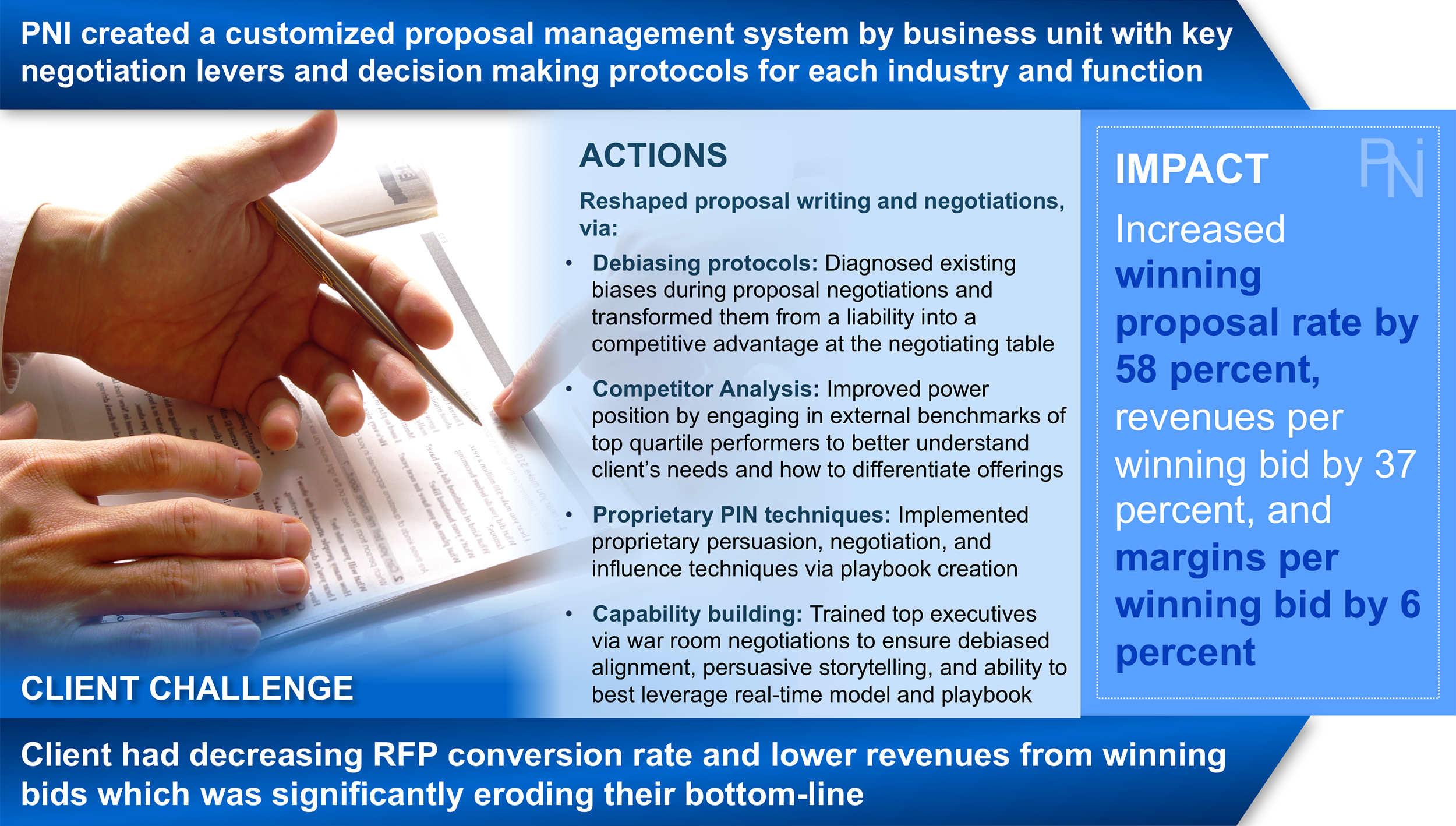Are You Caught in a Growth & Culture Paradox Loop?
Author: Joshua Seedman
Executive Summary
Exhibit 1 (Click to Enlarge)
Successful companies often begin with an inspired culture that drives immense growth. However, over time, growth ushers in complexity and its value destructive influence which can quickly turn that culture into meaningless words on paper. This ensures internal health problems abound which ultimately destroys the company from within. Simply, many companies experience what this articles calls the “culture paradox” (See Exhibit 1). Simply, a great culture creates growth, growth creates complexity, complexity destroys that culture, and a poor culture destroys growth.
“The biggest threat to any organization is not disruption, not competitors, not new entrants, and not dissatisfied customers but rather itself and the slippery slope of falling into the “culture paradox” loop.”
In essence, the biggest threat to any organization is not disruption, not competitors, not new entrants, and not dissatisfied customers but rather itself. A culture is not simply a feel-good, kumbaya moment but rather a quantifiable, profit generating machine that either creates or destroys value. Thus, any organization must look internally and get its own house in order by creating a culture that is lived and breathed by its employees. Then, and only then, will a company witness the level of employee engagement needed to create innovation, customer loyalty, and sustainable growth.
Culture Paradox Overview
A culture is a not a by-product of a company’s strategy, brand, or products. Instead, quite the opposite is true. The success of a company’s brand, including its product, customer loyalty, and profitable growth are all byproducts of a company’s culture or lack thereof. As noted, and in its simplest form, the culture paradox can be described as follows. Generally, successful companies begin with an inspired culture - one that has an engaged workforce, frontline obsession, and autonomy instead of micromanagement. However, over time that growth unknowingly brings in complexity. This complexity often grows quickly from within and ultimately destroys any traces of an inspired culture. That once inspired culture transitions to a toxic culture, which consequently destroys growth and innovation (See Exhibit 1). In order to escape the value destructive culture paradox loop, company's must learn to have the passion, innovation, agility, frontline obsession, and employee engagement of a startup combined with the scale, muscle, and processes of a F100 company. The culture paradox has five underlying themes as described below.
“A culture is a not a by-product of a company’s strategy, brand, or products. Instead, quite the opposite is true. The success of a company’s brand, including its product, customer loyalty, and profitable growth are all byproducts of a company’s culture or lack thereof. ”
Culture Is the Foundation to Growth: Growth begins with a defined culture. Simply, the first step to innovative products, customer advocates, and profitable growth is to create employee advocates that will in turn create “wow” moments for customers because the company first created those “wow” moments for its employees.
World-Class Culture Creates Growth: A world-class culture breeds profitable growth because employee engagement (i.e., inspired employee advocates) are highly correlated to customer loyalty, innovative products, and thus profits.
Growth Creates Complexity: As companies grow, complexity creeps in which slows and/or destroys that growth. This is a byproduct of loosing focus on maintaining a “bottoms-up” employee focused culture. A majority of the root causes for failure to maintain profitable growth are internal to a company because of uninvited complexity that creeps in over time.
Complexity Destroys Culture: As a byproduct of complexity, companies begin to lose focus which drives silos, internal stress, micromanagement, and processes for the sake of processes, all of which destroys trust, autonomy, empowerment, and inspiration (i.e., culture). Simply, this complexity destroys any sign of a once inspired culture.
A Poor Culture Destroys Growth: Without an inspired culture any growth will be short-lived because there is little to no employee psychological ownership. Instead there is an aspirational, written culture that aimlessly attempts to define a company’s purpose and mission. Simply, at this stage employee engagement and inspiration are often merely words on paper that collect dust in employees' offices. Without enterprise alignment and psychological ownership these hollow words on paper won’t drive anything except value destruction and a false sense of organizational health security.
The Culture Quadrant
- Financial Implications-
Exhibit 2 (Click to Enlarge)
The word “culture” connotes many different meanings for those in the corporate world. However, too often it is simply a misunderstood, buzz word that companies easily throw around in boilerplate speeches while concurrently failing to truly address culture head on. This happens because leaders often don’t see culture and thus organizational health as a true revenue generating platform such as sales, digital, and operation transformations. Culture can either be highly value creative or destructive. Thus, organizations must prioritize culture as its number one profit-generating platform because this where either sustainable growth or value destruction begins (See Exhibit 2).
Exhibit 3 (Click to Enlarge)
The “culture quadrant” illustrates the key revenue and cost drivers associated with either top or bottom-quartile organizational health and culture (See Exhibit 3). Specifically, this quadrant highlights five key drivers that impact culture and ultimately profit, including (1) employee turnover, (2) employee productivity, (3) employee engagement, (4) customer engagement, and (5) customer recommendations (this includes customer advocacy and customer acquisition costs). Winners and losers are divided into four categories, including:
Short-Term Growth Only Mindset | Long-Term Growth Loser (Quadrant I)
Bottom Quartile Performer (Quadrant II)
Status Quo Performer | Long-Term Loser (Quadrant III)
Culture Excellence | Short and Long-Term Growth Winner (Quadrant IV)
QUADRANT I
- Growth Only Mindset -
“An intense growth mindset that trumps a “culture first” mentality creates a platform where long-term results are overshadowed by short-term gain.”
In Quadrant I, there is an intense growth mindset that trumps a “culture first” mentality. Simply, companies in this quadrant unknowingly exchange long-term benefit for short-term gain. This may stem from quick platform, customer, and product fixes instead of internal, sustainable changes. This leads to investments in the wrong areas in an effort to embed quick fixes. For example, while there may be a focus on creating service excellence, it is done improperly via manual versus organic levers. Simply, companies in this quadrant make capital investments on external focuses with the hope of manually creating growth yet completely forget to focus on improving internal health and employee engagement, the most powerful drivers of sustainable growth. Once any quick fix benefit wears off, companies in this quadrant notice that high employee turnover, poor productivity, and low employee engagement continue to hold back customer engagement, innovative products, and enterprise growth efforts. Simply, costs outpace revenue because continuous investments on immediate needs trump long-term sustainability (See Exhibit 3).
QUADRANT II
- BOTTOM QUARTILE PERFORMER -
“So often, a company’s culture and mission are simply collecting dust in an employee’s office. Without psychological ownership these words never drive change, employee engagement, or growth. ”
In Quadrant II, there is a supposedly defined culture but little to no company wide adoption rate. Simply, the supposed culture is merely words on paper that collects dust in an employee’s office. With no psychological ownership these words never drive change. This equates to high costs and stagnant/declining revenue because employee engagement - the key driver of culture, growth, and service excellence - is forgotten. This leads to high customer acquisition costs and employee turnover coupled with low customer loyalty and employee engagement (See Exhibit 3).
QUADRANT III
- STATUS QUO PERFORMER | LONG-TERM LOSER -
“A status-quo culture mentality leads to internal engagement complacency that fails to meet employee expectations let alone customer and market expectations. ”
In Quadrant III, there is no defined culture because it is viewed as unimportant. Thus, employee engagement and culture takes a back seat to a company’s product and brand. Simply, companies in this quadrant take a “status-quo” approach to culture, feeling a strong brand and differentiated product alone are enough to drive customer loyalty and sustainable growth. Unfortunately, this “status quo” mindset ultimately stifles the ever-changing needs of customers as well as employee inspiration and morale. Organizations must disrupt themselves before others do and this status quo mentality is the enemy of the ever-quickening innovation cycles that define growth winners. Simply, this status-quo culture mentality leads to internal engagement complacency that fails to meet employee expectations let alone customer and market expectations. As a result, employee turnover, productivity, and engagement are bottom quartile equating to low customer loyalty, declining revenue, and poor profits (See Exhibit 3).
QUADRANT IV
- Culture Excellence Winner -
Exhibit 4 (Click to Enlarge)
Quadrant IV is home to top quartile performers. Simply, companies in this quadrant have a defined culture that is adopted by the entire organization. This transpires because these organizations take an “inside-out | bottoms-up™” approach. Regarding the “inside-out” element, the company looks internally at creating a culture that creates raving employee advocates before it expects to create raving customer advocates or innovative products. In addition, the “bottoms-up” element indicates that an organization in this quadrant takes a renewed focus on the frontline as the heart, soul, and pulse keepers of the organization and customer takes place at this stage. This model receives company wide adoption and is sustainable for the long-term equating to internal health, high employee engagement, innovate products, top customer loyalty, and improved customer advocacy. This results in lower costs to serve, higher customer lifetime value, higher employee productivity (e.g., improved revenue per FTE), and ultimately profitable growth (See Exhibit 3 and 4). Read more about an "inside-out | bottoms-up" approach and top-quartile, Quadrant IV performers HERE.
Conclusion
“Companies often begin with an inspired culture that drives immense growth. However, over time, complexity and its value destructive influence can quickly turn that culture into meaningless words on paper. ”
Often, great companies begin with an inspired culture that drives immense growth. However, as growth quickly dominos, complexity and its value destructive influence turns that culture into meaningless words on paper. A culture should never simply be a feel-good, kumbaya moment. Instead culture should be recognized as a quantifiable, profit generating machine that either creates or destroys value. Any company should frequently self-assess to ensure it hasn't unknowingly traveled onto the "culture paradox" loop. A status quo approach can prove fatal because over time the value destructive momentum of this "culture paradox" may be too difficult to course correct. Instead, companies should take a proactive approach to creating an inspired culture that is lived and breathed by its employees. In turn, its employees will be inspired to create a strong brand, innovative products, and "wow" customer experiences.
About the Author
Joshua Seedman is the founder and chairman of PNI Consulting, a management consulting firm that specializes in global transformations. He has over 20 years of operating and general management experience with expertise in organizational transformations, customer experience, employee engagement, digital transformations, sales & marketing, operational turnarounds, culture/change management, and high-stakes negotiations. His experience includes executive roles within F500 companies, top-tier consulting leadership (McKinsey & Company), over 10 years of global P&L responsibility, and corporate lawyer (Davis Polk & Wardwell). He received his MBA from Kellogg School of Management and his J.D. (cum laude) from Northwestern University School of Law.








